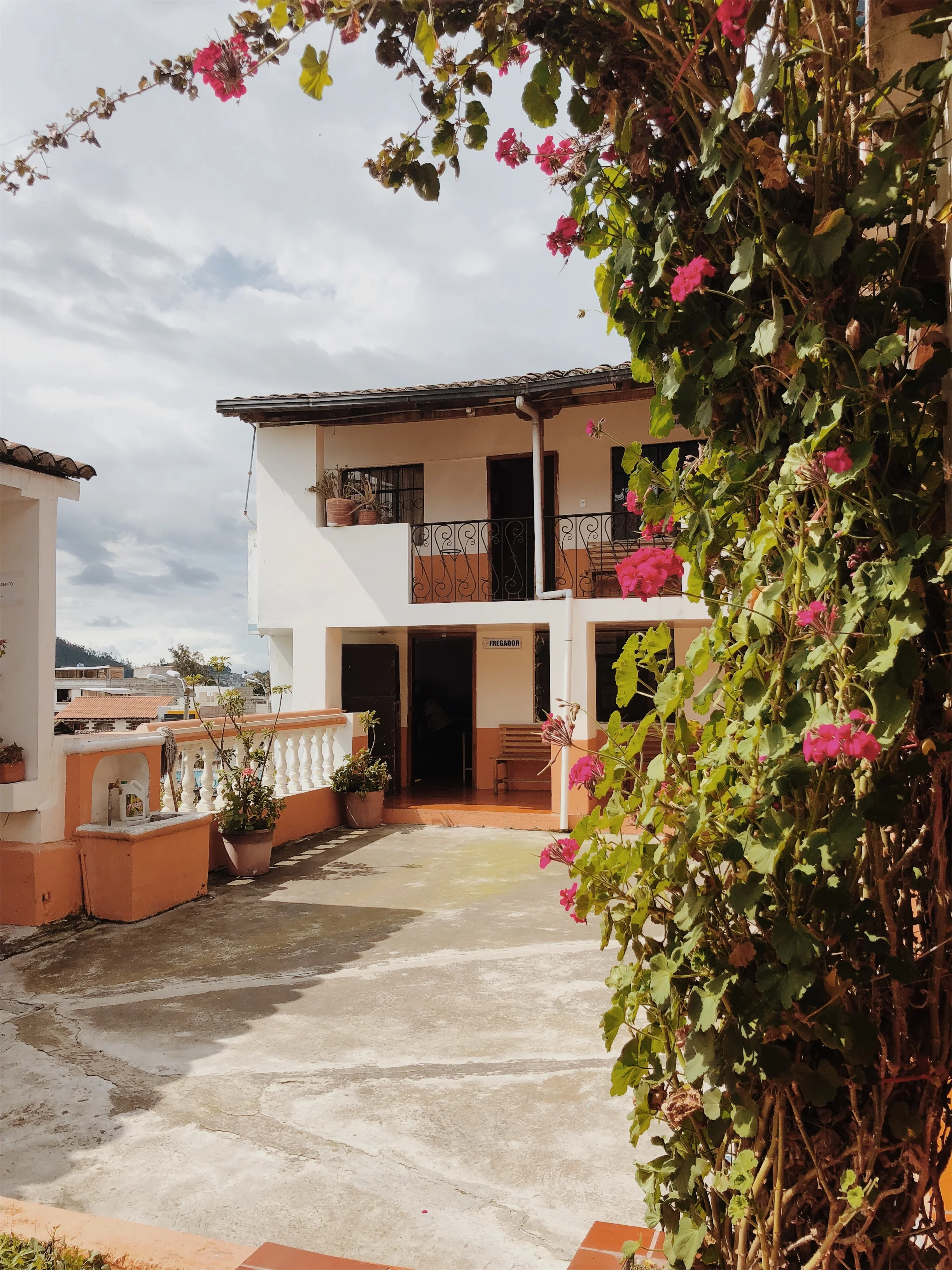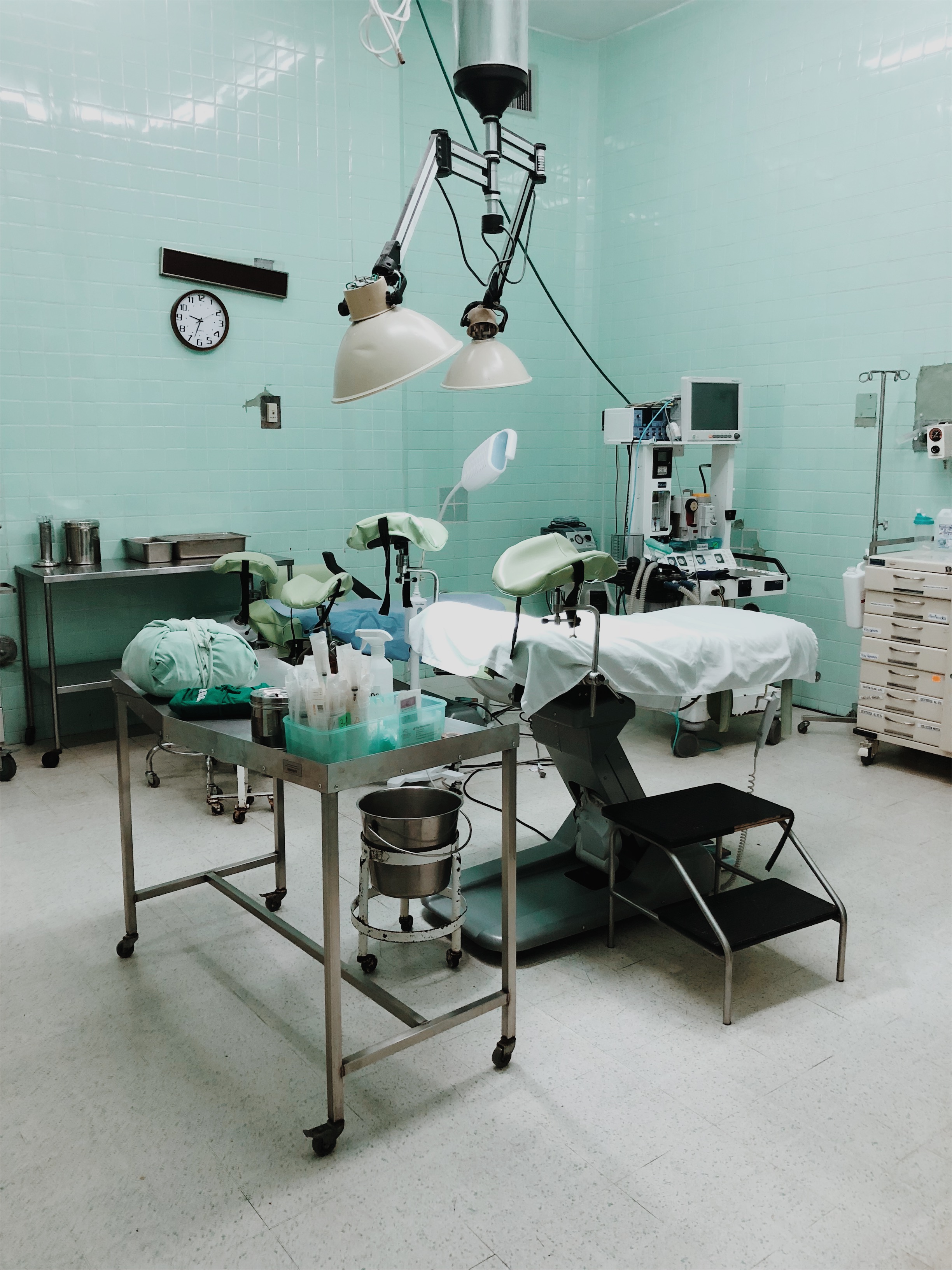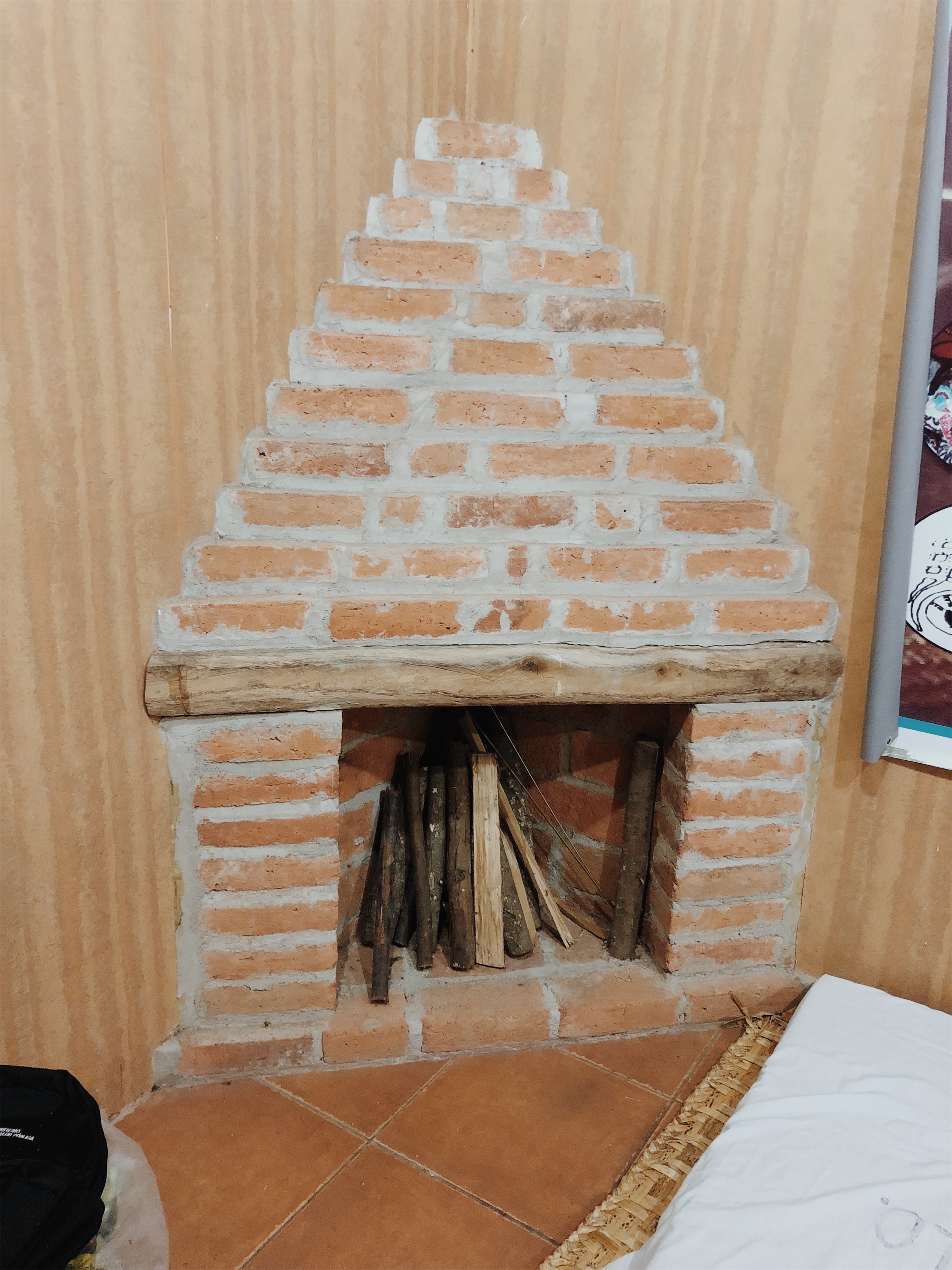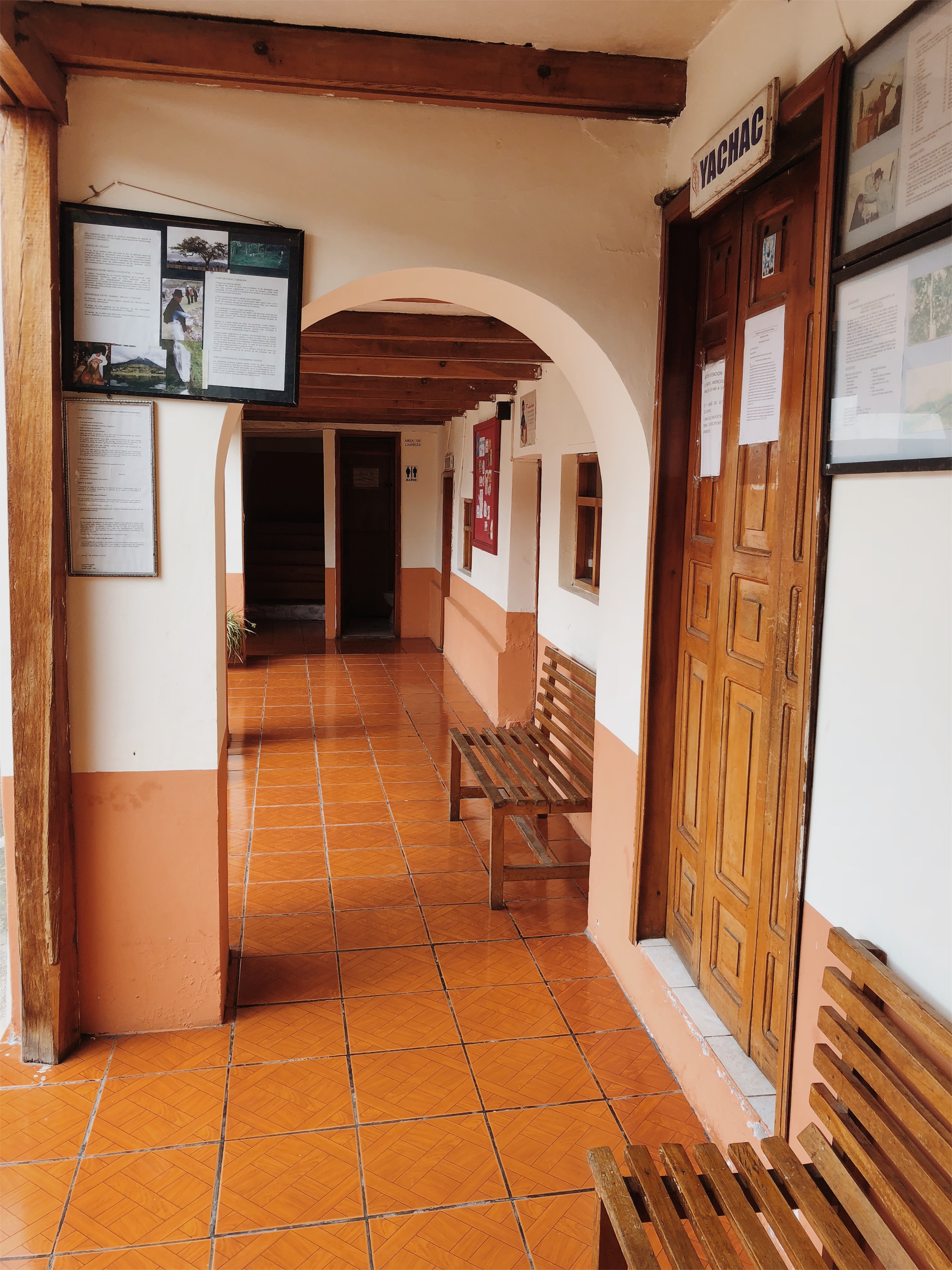Ecuador: Week 3
““Sitting on the examination table was a boy no older than 3, wearing superhero pajama bottoms and a t-shirt. His mother sat watching him in a chair nearby, occasionally glancing down at her smartphone. The Fregador, a woman in her late 70’s, whose wrinkled and sun baked skin was caressed by swaths of cloth and lace, stood over the boy with a large black stone in her hand... Fascinated and confused, I watched as she finished cleansing him.””
Clutching my backpack with a week's worth of clothes, I clamored off the bus and into the thick of people squeezed into the bus station. When I finally made it to the street, I paused and took a deep breath. My lungs filled with clean air they had not really received much of since I had arrived to Ecuador. I was now in Otavalo, two hours outside of Ecuador's capital, and was ready to explore what rural medicine had to offer.
Photo by Quasarphoto/iStock / Getty Images
Otavalo is a small city located in the Imbabura province of the Andes, populated mostly by indigenous Otavaleños. This proud group of people have remained culturally distinct despite their long history of oppression by first the Incans and then the Spanish; today their textile artistry and distinctive music thrive. You can read more about Otavalo from a great blog post here.
From the bus station, I hopped into a cab and told the driver I needed to go to Jambi Huasi. Two minutes later I was standing outside of a beautiful white building, being greeted by the coordinator of Jambi Huasi and my host, Darwin Tamba. Darwin was a kind man with a wife and cheerful young daughter, both of whom accompanied him to the clinic every day.
An alternative medicine clinic
in Otavalo, Ecuador
Jambi Huasi is Quichua for "House of Health". It was founded over 30 years ago by a group of indigenous people, with the mission to:
"Improve the health conditions
of the indigenous population of the province of Imbabura, through the provision of alternative medical services and health education and medical research, with the maximum respect to people and their cultural characteristics, in conditions of equity."
I barely had the time to set down my backpack before I was shown into a small room with a sign reading "Fregador" next to it. The lavender colored walls enclosed a small examination table along with some cabinets containing herbs and ointments, and a few small picture frames clung to the walls. The room had an earthy smell, and something else I couldn't quite put my finger on at the time (which I later realized was the carcasses of guinea pigs, but we will get to that later).
Sitting on the examination table was a boy no older than 3, wearing superhero pajama bottoms and a t-shirt. His mother sat watching him in a chair nearby, occasionally glancing down at her smartphone. The Fregador, a woman in her late 70s, whose wrinkled and sun baked skin was caressed by swaths of cloth and lace, stood over the boy with a large black stone in her hand. In a whisper she sang incantations and waved the stone over his body, sometimes stopping and resting it on him to make a "chic-chic-chic" noise. Fascinated and confused, I watched as she finished cleansing him.
Fregadors are cleansers of mal aire and aches. Using chicken eggs, they pass the egg over the body of the afflicted person and transfer the sickness to the egg, which is broken and observed by the Fregador for a diagnosis. The same idea holds for guinea pigs; a live guinea pig is rubbed over the body of the patient, and it is believed that when the guinea pig dies, the sickness has entered their body and left the person's. The guinea pig is then skinned and it's organs are examined thoroughly by the Fregador. Stones can also be used for cleansing. During my two days observing the Fregador of Jambi Huasi, I - thankfully - only witnessed the use of chicken eggs and stones, but I did see (and smell) the guinea pig carcasses from previous cleansings.
The Fregador also was sought out by people with muscle pain, of which the Fregador treated by massaging the afflicted area with Yodosalil, a dark brown paste similar in consistency to Vasaline, to help relieve the soreness. She would tell them to return within a couple of days for another treatment. Sometimes, she would commence a cleansing as well if she thought the pain had a spiritual component.
The next day, Darwin walked with me to San Luis Hospital de Otavalo, the only public hospital located within Otavalo. Upon our arrival, all of the staff were sprawled across the lawn and the concrete, talking and laughing. Neither Darwin nor I had any idea what was going on, and it wasn't until we finally located the director of the hospital that we learned there had been an earthquake about 23 miles from Otavalo. I'm not exactly sure how I missed the earthquake, but it would be something I would do.
After being handed off to one person after the other, I finally found myself in the maternity wing of the hospital. There I was greeted by nurses who showed me how cardiotocography (CTG) works, before the Fregador of the hospital greated me. Intrigued, I followed her into a large room across the hall from the rows of colorful beds and green surgical rooms. The contrast was so stark I almost laughed from the sheer difference.
Here, the Fregador mostly performed control del embarazo, or control of pregnancy. In Western medicine, this is called External Cephalic Version or ECV. You can watch this short (<1 min) video below on how ECV works for a better idea, but keep in mind that the Fregador was performing this procedure alone and without the aid of any biometric monitoring via ultrasounds. As with most anything in the medical world, there are potential risks to performing the procedure, and these risks increase without monitoring. It can cause preterm labor, changes in the baby's heartrate, or even tearing of the placenta. However, this woman was trusted and well known for her talent in this area, and many women came to her for help every day.
Right before I had to leave, I also witnessed the prep and beginning of a caesarean section, commonly known as a C-section. Although I didn't have time to stay for the big show, I got to see the administration of the epidural into the woman's spine, the preparation of the surgical area, and the initial incisions down to her abdominal muscle.
On Wednesday, I hopped on a medical bus that took me just outside of Otavalo. This medical vehicle travels daily to different communities surrounding Otavalo, from 20 minutes to 2 hours away. At the foot of Imbabura Volcano, a team of doctors and I set up camp in the small town of San Pablo. Families lined up outside the door to be seen by the dentist or for general medicine. They were so grateful to receive care right in their town, without worrying about how or when to get to a bigger city for care. The bus was fully equipped with electricity and a pharmacy.
Before I knew it, Thursday was upon me. I spent the morning observing the same Fregador at Jambi Huasi as I did the first day. As I watched her perform another cleanse of a small boy, I realized that while I respected their beliefs, I had not bought into the idea. The little boy was extremely uncomfortable with the situation he was in; while he was screaming and crying, the Fregador did her best to cleanse him. I had never seen a child so genuinely distressed, and I just wanted the Fregador to stop. His mother and the Fregador did nothing to comfort the boy, and twenty minutes passed by painfully. I realized that the Fregador and mother experienced no discomfort because of how strongly they believed in the cleansing, and that I experienced extreme discomfort because I didn't. The Fregador was not inflicting any physical pain on the child, but his emotional discomfort was plain and evident. I stopped myself in my tracks with the reminder that, in my own culture, there are many distressing and painful practices we put patients through to end a greater suffering. In the end, it humbled me to know that this was something much greater than me that had been practiced and believed in for hundreds of years, and I was only an observer.
I still think about my week with alternative medicine in Otavalo, and all of the emotions that came with it. I am still sifting through them, and will be for a while, but I think there is something to learn from cultures different than yours, especially when aspiring to be a physician. I will hopefully one day be treating people very different from me, and an open mind and respect for what patients believe and practice is crucial to a healthy and happy relationship with them.


































